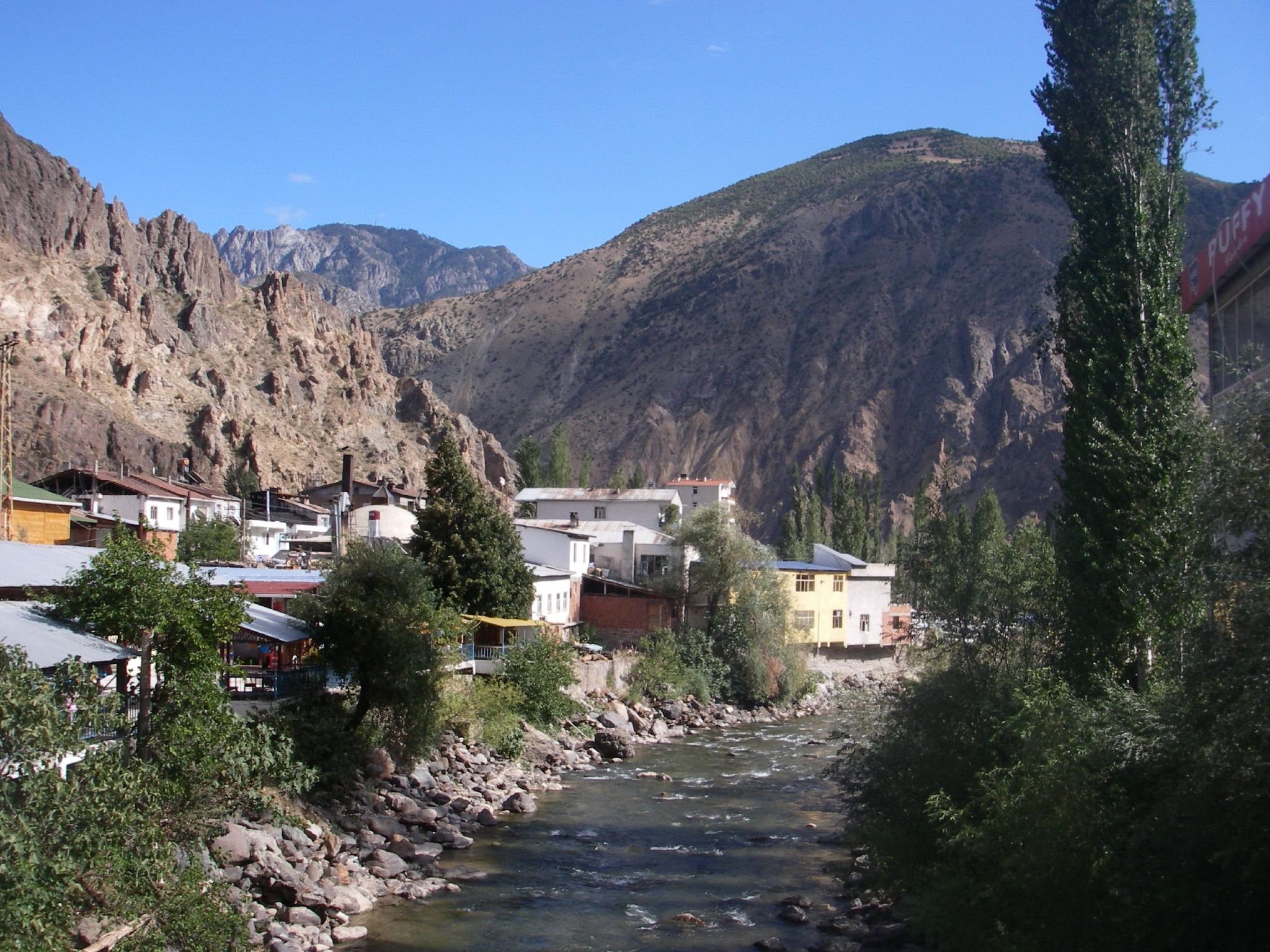|
Parkhali
Parkhali ( ka, პარხალი), also known in Turkish as Barhal or Altıparmak, is a village that contains a medieval Georgian monastery and cathedral church. It is located near the town of Yusufeli, Artvin Province, Turkey. History The monastery and cathedral church was built by Davit III Kurapalat (earlier than 973) and decorated with murals. One of the oldest Georgian hagiographial novels, Martyrdom of the Holy Queen Shushanik was written here. Population As of 2010, the village had a population of 469 people. Notes Georgian churches in Turkey Artvin Artvin (Laz language, Laz and ; hy, Արտուին, translit=Artuin) is a List of cities in Turkey, city in northeastern Turkey about inland from the Black Sea. It is located on a hill overlooking the Çoruh, Çoruh River near the Deriner Dam ... Buildings and structures in Artvin Province Georgian Orthodox monasteries {{Turkey-church-stub ... [...More Info...] [...Related Items...] OR: [Wikipedia] [Google] [Baidu] |
Martyrdom Of The Holy Queen Shushanik
The ''Martyrdom of the Holy Queen Shushanik'' (also translated as ''The Passion of Saint Shushanik''; ka, წამებაჲ წმიდისა შუშანიკისი დედოფლისაჲ, tr) is the earliest surviving piece of Georgian literature. Purported to have been written between 476 and 483, the earliest surviving manuscript dates back to the 10th century and was written at Parkhali Monastery. There exists an Armenian translation of the same text, dated also to the 10th century. The author is Iakob Tsurtaveli (Jacob of Tsurtavi), a contemporary and participant in the events described in this hagiographic novel. The manuscript describes the martyrdom of Saint Shushanik, an Armenian noblewoman, at the hand of her spouse, ''bidaxshe'' (high prince) Varsken, who had renounced Christianity and embraced Zoroastrianism. Shushanik, whose father was Vardan Mamikonyan, the '' sparapet'' (military leader) of the Christians in Armenia, refused to follow him, ... [...More Info...] [...Related Items...] OR: [Wikipedia] [Google] [Baidu] |
Yusufeli
Yusufeli ( hy, Բերդագրակ, Berdagrak; ka, ახალთი, Akhalti) is a town and district of Artvin Province in the Black Sea region of Turkey. It is located on the bank of Çoruh River 104 km south-west of the city of Artvin, on the road to Erzurum. The town of Yusufeli (population 5863) sits in a valley where the Çoruh River is joined by the Barhal, the surrounding countryside is a range of mountains running east to west, with villages in other valleys between the mountains. The micro climate allows the cultivation of olives, grapes, and citrus fruits, the driving forces of the economy in addition to tourism. The town can be reached by air via Erzurum Airport, away from Yusufeli or by road from Artvin, Erzurum and Trabzon (via İspir in Erzurum Province). There is a widely criticised plan to dam the Çoruh at Yusufeli, which would submerge 15,000 homes. Climate Yusufeli has an oceanic climate (Köppen: ''Cfb''). History The history of Yusufeli, for ... [...More Info...] [...Related Items...] OR: [Wikipedia] [Google] [Baidu] |
Artvin Province
Artvin Province ( tr, ; ka, , ''Artvinis p’rovincia''; Laz: ართვინიშ დობადონა ''Artviniş dobadona'') is a province in Turkey, on the Black Sea coast in the northeastern corner of the country, on the border with Georgia. The provincial capital is the city of Artvin. Geography Artvin is an attractive area of steep valleys carved by the Çoruh River system, surrounded by high mountains of Kaçkar, Karçal and Yalnızçam (up to 3900 m) and forest with much national parkland including the Karagöl-Sahara, which contains the Şavşat and Borçka lakes. The weather in Artvin is very wet and mild at the coast, and as a result is heavily forested. This greenery runs from the top all the way down to the Black Sea coast. The rain turns to snow at higher altitudes, and the peaks are very cold in winter. The forests are home to brown bears and wolves. The Çoruh is now being dammed in 11 places for hydro-electric power, including the 249 ... [...More Info...] [...Related Items...] OR: [Wikipedia] [Google] [Baidu] |
Turkish Language
Turkish ( , ), also referred to as Turkish of Turkey (''Türkiye Türkçesi''), is the most widely spoken of the Turkic languages, with around 80 to 90 million speakers. It is the national language of Turkey and Northern Cyprus. Significant smaller groups of Turkish speakers also exist in Iraq, Syria, Germany, Austria, Bulgaria, North Macedonia, Greece, the Caucasus, and other parts of Europe and Central Asia. Cyprus has requested the European Union to add Turkish as an official language, even though Turkey is not a member state. Turkish is the 13th most spoken language in the world. To the west, the influence of Ottoman Turkish—the variety of the Turkish language that was used as the administrative and literary language of the Ottoman Empire—spread as the Ottoman Empire expanded. In 1928, as one of Atatürk's Reforms in the early years of the Republic of Turkey, the Ottoman Turkish alphabet was replaced with a Latin alphabet. The distinctive characteristics of the Turk ... [...More Info...] [...Related Items...] OR: [Wikipedia] [Google] [Baidu] |
Tourist Attractions In Artvin Province
Tourism is travel for pleasure or business; also the theory and practice of touring, the business of attracting, accommodating, and entertaining tourists, and the business of operating tours. The World Tourism Organization defines tourism more generally, in terms which go "beyond the common perception of tourism as being limited to holiday activity only", as people "travelling to and staying in places outside their usual environment for not more than one consecutive year for leisure and not less than 24 hours, business and other purposes". Tourism can be domestic (within the traveller's own country) or international, and international tourism has both incoming and outgoing implications on a country's balance of payments. Tourism numbers declined as a result of a strong economic slowdown (the late-2000s recession) between the second half of 2008 and the end of 2009, and in consequence of the outbreak of the 2009 H1N1 influenza virus, but slowly recovered until the COVID-19 ... [...More Info...] [...Related Items...] OR: [Wikipedia] [Google] [Baidu] |



